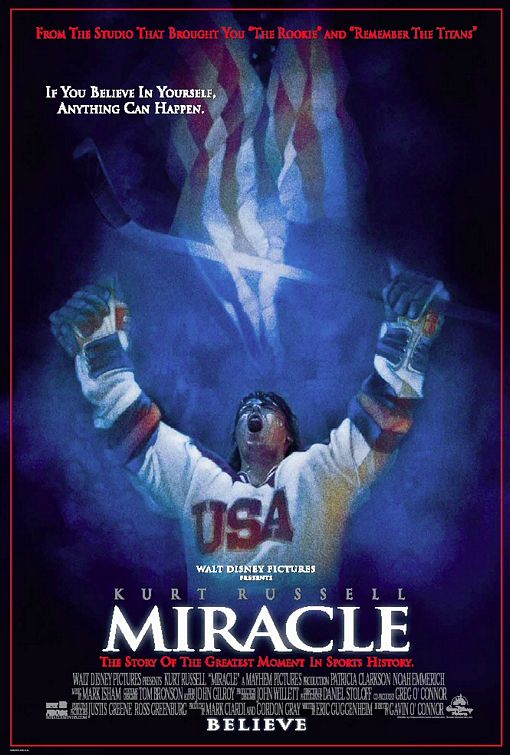What’s your test for truth? How do you personally determine whether your beliefs are true, false, just, and unbiased?
Every reasonable person starts with the basic assumption that knowledge is possible. To say or believe that knowledge is not possible is self-contradictory because the person assumes that at least that knowledge is possible.
The two charts below answer the question: How can I know whether the knowledge I have is true? They provide an introduction to critical thinking for teenagers and adults. As such, they attempt to create a more intelligent, thoughtful citizenry by helping people use rational arguments that observe the basic laws of logic and objectively weigh factual evidence gleaned from reliable, credible historical documents and eyewitness testimony.
Seven Tests for Truth
1) The Laws of Logic provide a rational basis for all meaning, all sentences and all statements about facts. Beliefs that violate the Laws of Logic are false. Some beliefs are inescapably true because all opposing beliefs violate the Laws of Logic. For instance, we know with certainty that people should believe that moral absolutes exist because to say that people should not believe that moral absolutes exist is itself a self-contradictory and thus false moral absolute. The Law of Identity (A is A) gives meaning to rational categories. The Law of Noncontradiction (A is not non-A) keeps this meaning consistent. Finally, the Law of the Excluded Middle (A is either B or non-B, or A is either true or false) makes distinctions between rational categories and helps you to determine whether a factual statement matches reality or not. Also, the Law of Noncontradiction shows us that it can’t be dry, wet, hot, and cold at the very same time in the very same place.
2) Legal written evidence, such as a bill of sale, a written constitution, a signed contract, a deposition, a court transcript or recording, provides documentary evidence for any truth claim.
3) Written autobiographical material, such as a diary, a letter, lecture notes, an autobiography, and the written, audio or video text of a speech, can also provide documentary evidence.
4) The testimony of a credible eyewitness subject to cross-examination can provide reliable evidence if the testimony cannot be successfully challenged. The eyewitness must be in a position to know what he is witnessing to, must have a reputation for telling the truth, must have a reputation for being accurate, and must not have an obvious, undue bias (see below).
5) Historical artifacts such as an ancient clay pot, tissue, bones, or fossils can be gathered and analyzed by a credible archeologist, paleontologist, forensic scientist, or medical examiner. If such a person has a reputation for telling the truth, has a reputation for being accurate, and does not have an obvious, undue bias, such primary evidence becomes more trustworthy.
6) A scientific measurement or controlled scientific experiment, preferably a double blind test, is trustworthy evidence if conducted by a credible scientist or group of scientists who have a reputation for telling the truth, have a reputation for being accurate, and who don’t have an obvious, undue bias.
7) A statement or system of belief must have proper explanatory power. It must be able to explain, as fully as possible, the issues or phenomena it addresses.
The above tests for truth help give the person rational, factual ways to tell what is true and what is false. Another important thing to ask, however, is whether the person or group making a particular truth claim has an obvious and/or undue bias that puts his or its credibility in question. There are at least seven ways to determine obvious, undue bias:
Determining Obvious, Undue Bias
1) A person is obviously unduly biased if he displays a partiality, approval or hostility that seems unfair, unbalanced, unwarranted, unjustified, or excessive.
2) A person has an obvious, undue bias if he uses emotionally charged language without reason, evidence or facts to support it. For example, it’s OK to call someone a hypocrite if you present facts, evidence and an explanation to support your charge.
3) A person has an obvious, undue bias if he uses broad generalizations that go beyond the available evidence or facts.
4) A person has an obvious, undue bias if he uses opinions stated as facts or without sufficient facts to support those opinions.
5) A person has an obvious, undue bias if he uses inaccurate stereotypes.
6) A person has an obvious, undue bias if his arguments display a disregard for the logic and/or the factual evidence in a particular case.
7) A person has an obvious, undue bias if he knowingly withholds a pertinent logical argument and/or factual evidence that could refute one, some, most, or all of his own arguments.
By thoughtfully applying the above two charts to all areas of life and reality, people can separate what is objectively true from what is objectively false. Our beliefs about life and reality should be logical. They also should fit the facts. They should be supported by credible scientific and historical testimony. Finally, they should not reflect an “obvious or undue bias.” If they fail these tests, then they are irrational, unverifiable, incoherent, unscientific, unhistorical, incredible, false, and/or unreliable.
We should reject, therefore, any beliefs that fail to meet these Tests for Truth. In doing so, we can then accurately perceive truth so that we can proceed righteously in truth.
###
From “Introduction to Philosophy: A Christian Perspective” by Norman Geisler and Paul D. Feinberg, Baker Books, 1987.
By Tom Snyder, Ph.D.
Conclusion: Rationalism and Empiricism are the best tests for truth and knowledge because all statements must be both logically valid and sound AND must fit the facts. Thus, while Authoritarianism seems to be a really solid test, especially when dealing with a text like the Bible, which claims to be the very “Word of God,” we still have to use logic and facts to show that Authoritarianism is a logically valid method that fits the facts. Also, in order to determine the true meaning of any passage in the Bible, we still would have to show to our audience that our interpretation is not only logical and logically consistent, but also fits the facts.
Thus, the rationally inescapable IS the real, and the Bible is true because it not only is logical and logically consistent, it also fits the facts. In fact, if the God of the Bible does indeed exist, then He is Himself the ultimate source of the laws of logic. He also would be, and is, the best explanation for the reliability and efficacy of the basic laws of logic. Finally, Jesus Christ is indeed the Way, the Truth and the Life (John 14:1-6), because there is no valid logical, rational or factual reason to doubt the Bible’s eyewitness testimony of his life, teachings, miracles, death, resurrection, and ascension to Heaven (see “You Can Trust the Easter Story!” by Dr. Tom Snyder, https://www.movieguide.org/news-articles/you-can-trust-the-easter-story-2.html).
Questions or comments? Please write to us here.

 – Content: +4
– Content: +4
 – Content: +1
– Content: +1
